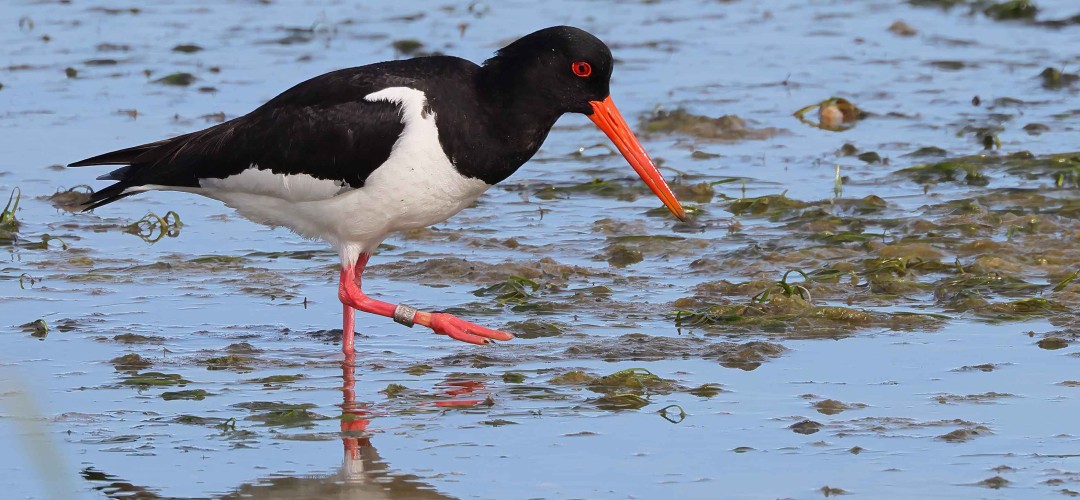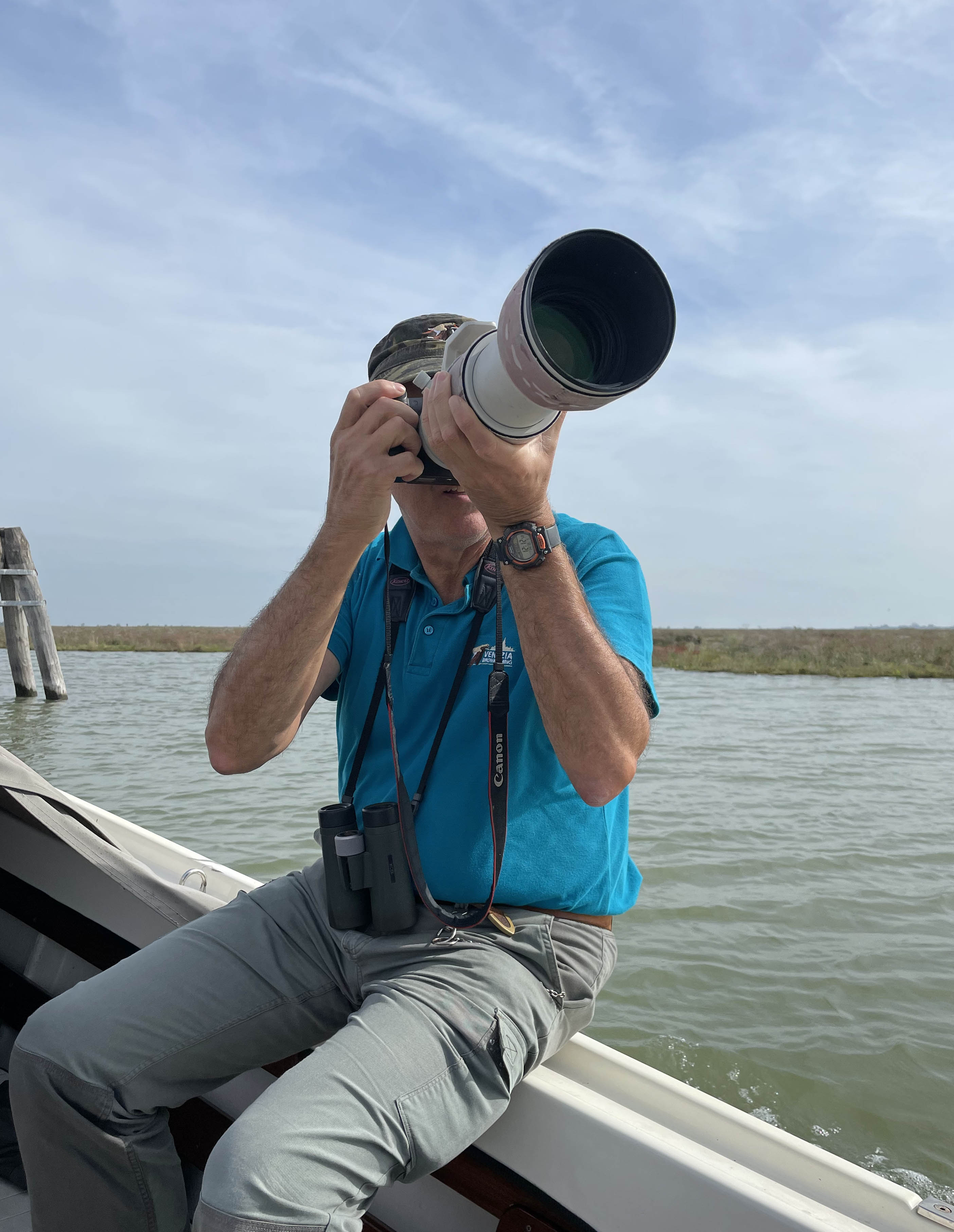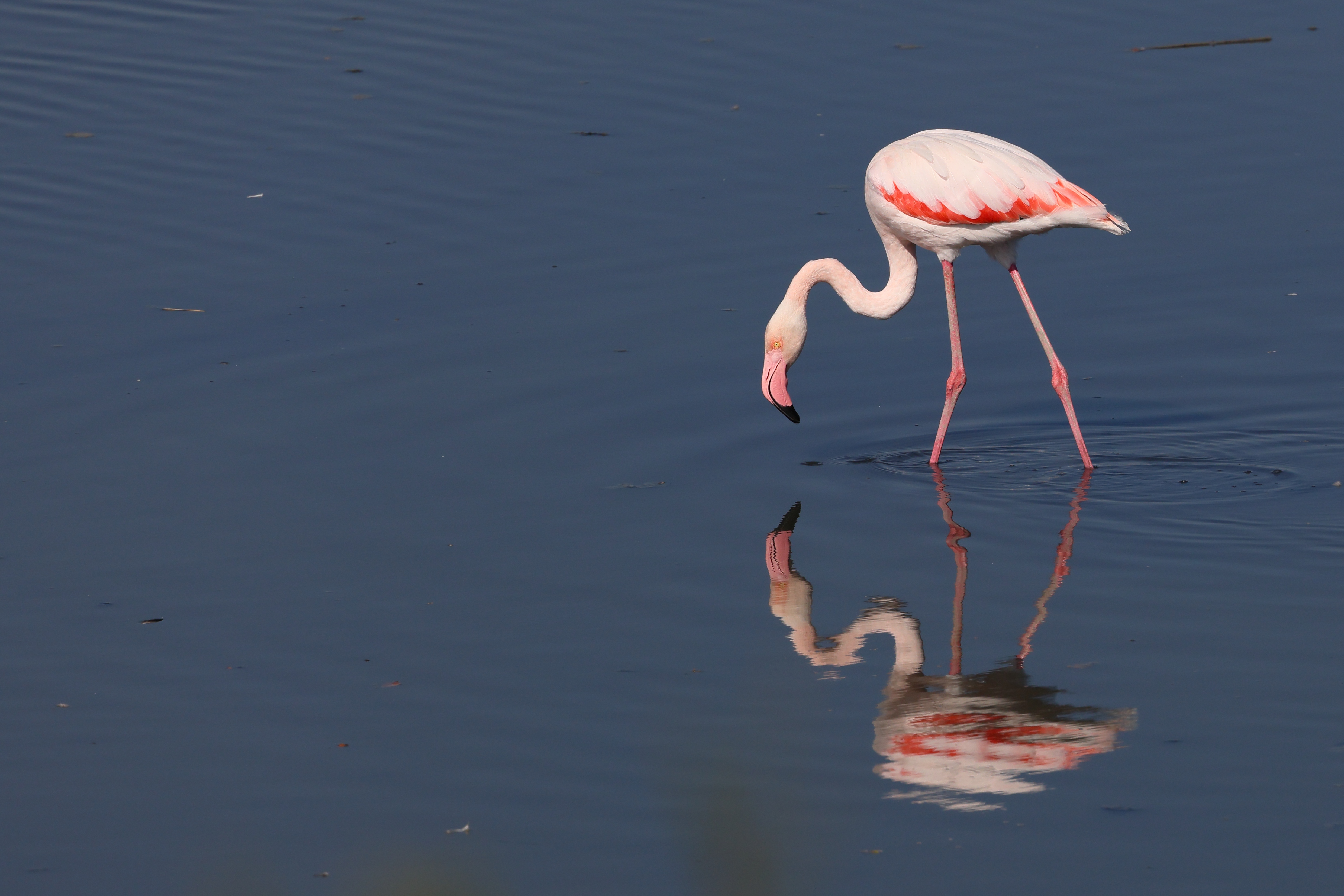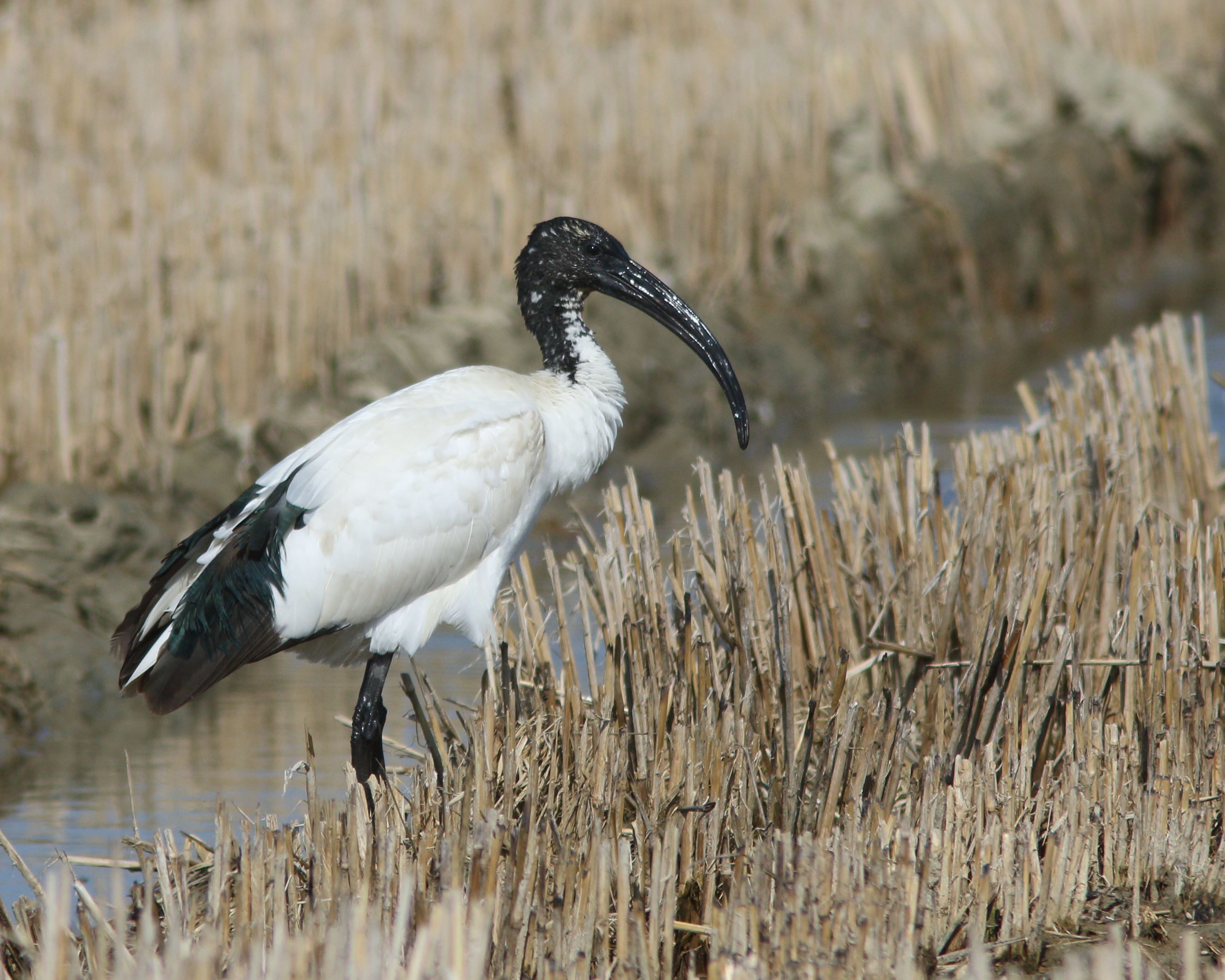Birdwatching and biodiversity in the Venice Lagoon
Birdwatching and biodiversity in the Venice Lagoon

Emanuele Stival, a passionate birdwatcher and member of the Venetian Society for Natural Sciences, established Venezia Birdwatching in 2015, to share his knowledge and observation practices. We invited Emanuele to share his story: about how he began as a birdwatcher and the changes he’s witnessed in terms of changes in bird species and numbers in the lagoon, over the years.

The Venice Lagoon has always been a great source of fascination for me, particularly since I started birdwatching. I started back in 1981, mainly near home, around the clay pits, and subsequently in the surrounding areas: living on the outskirts of Mestre, an encounter with the Venice Lagoon was inevitable. In the 1980s and ‘90s, certain species were scarce or completely absent from the Lagoon, maybe they were only to be found a tens/hundreds of kilometres away, but not in the lagoon area. These included the bee-eater, the great flamingo, egrets, oystercatchers and the shelduck. Then they were sighted more and more frequently, until they became common and among the most visible species, contributing to a significant increase in the Lagoon's biodiversity. In general, organisms require special characteristics to survive in a transitional environment such as the Venetian Lagoon, and the number of species to be found is limited, even though many of them are present in relatively high numbers, both for breeding, in the spring-summer period, and as a winter refuge (in the case of the avifauna).

Already in 2015, these species (the flamingo and the others mentioned above) were part of the Lagoon ecosystem, and I was now practising birdwatching quite frequently with various friends I had met over time. One of these, Maurizio Sighele was president of Verona Birdwatching, an association I admired for the activities and opportunities it offered its members, as well as a wider public. I then proposed to some of my closest friends to start a local group, to give more visibility and further promote birdwatching in the Venice area. Hence Venezia Birdwatching began at the end of 2015, and now has over 190 members and carries out various activities, produces publications on the subject, some of which can be downloaded from the website.

Back to the Venice Lagoon, the sacred ibis has also started to be spotted more and more frequently, since around 2011/2012. Unlike the other birds mentioned above, this ibis is an allochthonous species, i.e. it is not native to the Venetian area; these species may sometimes be imported intentionally, but often happen accidentally (as in the case of the Louisiana prawn, for instance). Since the sacred ibis does not find in the Lagoon the competitors it has in its native environment (mainly in South Saharan Africa), it finds favourable ground for its expansion and this could negatively affect the other species that have coexisted for years in the Venice Lagoon, a fragile ecosystem in continuous evolution.

◾